Wooden Islamic calligraphy is a beautiful and traditional art form that combines the elegance of Arabic script with the natural aesthetics of wood. This form of art is often used to inscribe verses from the Quran, the names of Allah (God), or significant phrases in Islamic culture. The wood provides a warm, textured medium that enhances the spiritual and visual impact of the calligraphy.
Key characteristics of wooden Islamic calligraphy include:
1. **Material**: Artists typically use various types of wood, such as oak, walnut, or cedar. The choice of wood adds distinct color and grain patterns, giving each piece a unique character.
2. **Techniques**: The process usually involves either carving or laser cutting the calligraphy into the wood. Hand-carved calligraphy has a traditional and artisanal appeal, whereas laser cutting provides precision and intricate details.
3. **Styles of Script**: Common Arabic calligraphy scripts include Kufic, Thuluth, Naskh, and Diwani, each offering different levels of complexity and aesthetic. Thuluth is often used for grand designs due to its flowing, elegant style, while Kufic is more geometric and minimalist.
4. **Applications**: Wooden calligraphy is often used for home décor, mosque decoration, and gifts. It can be framed, mounted on walls, or even incorporated into furniture. In some cases, the calligraphy is painted or gilded to accentuate certain aspects of the design.
5. **Spiritual and Cultural Significance**: In Islamic tradition, calligraphy is not just an artistic expression but a means of glorifying the words of the Quran. Wooden calligraphy brings a timeless, natural feel to this revered art form.
Would you like to know more about specific styles, techniques, or artists in this field?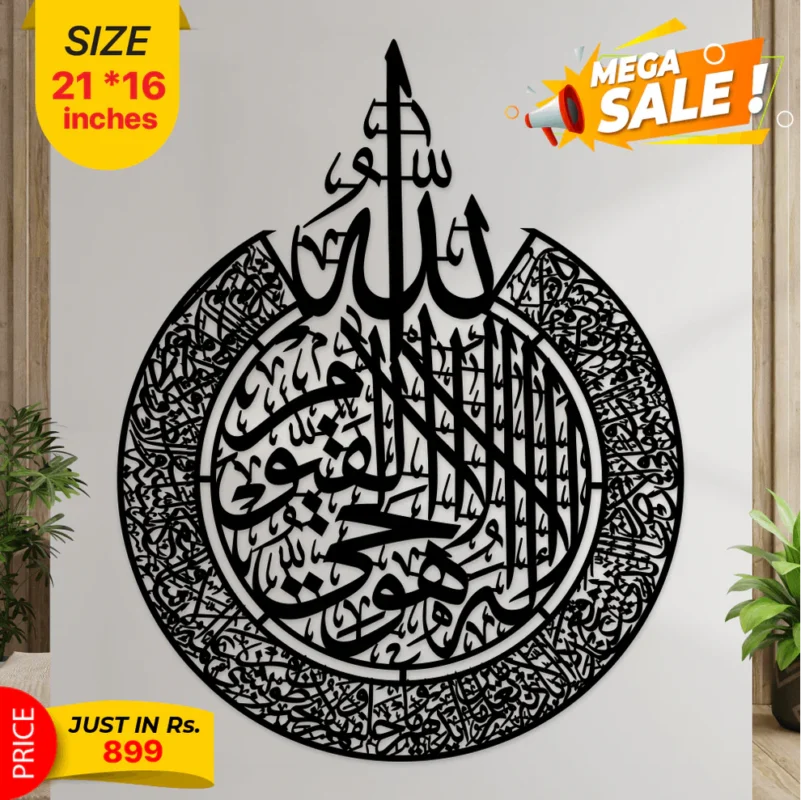






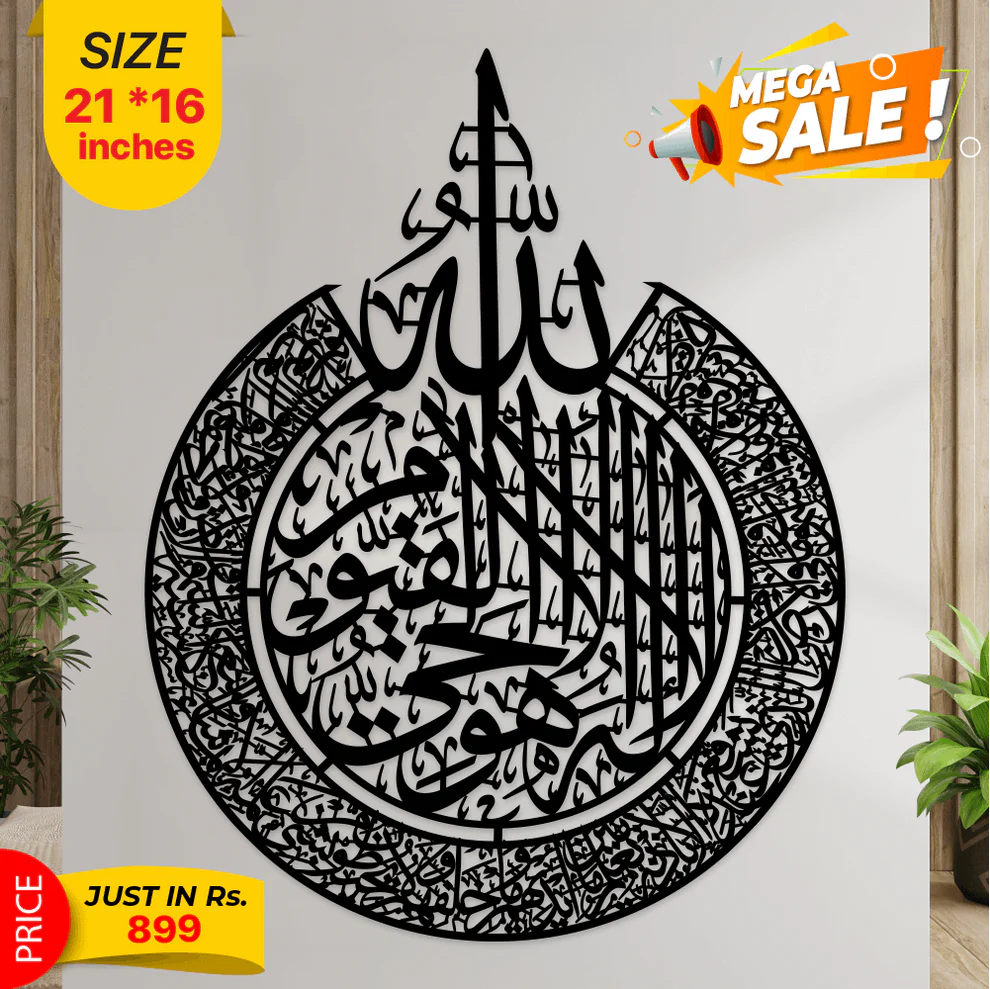
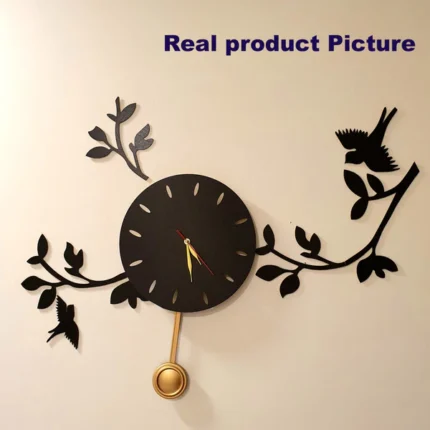
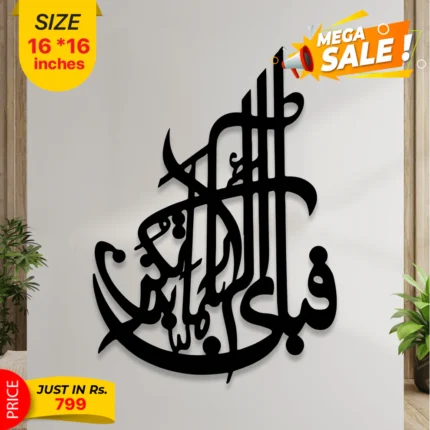



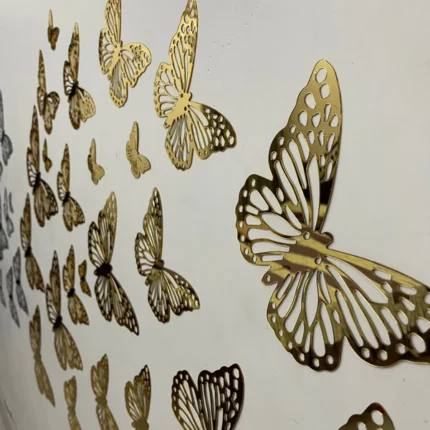

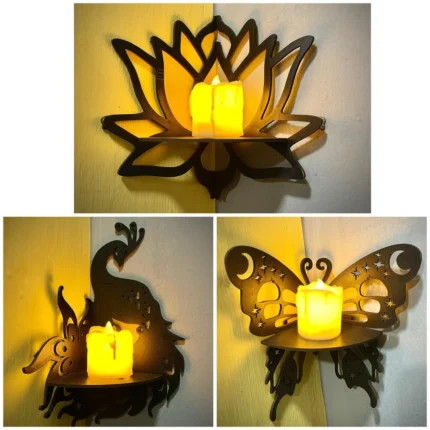
Reviews
There are no reviews yet.